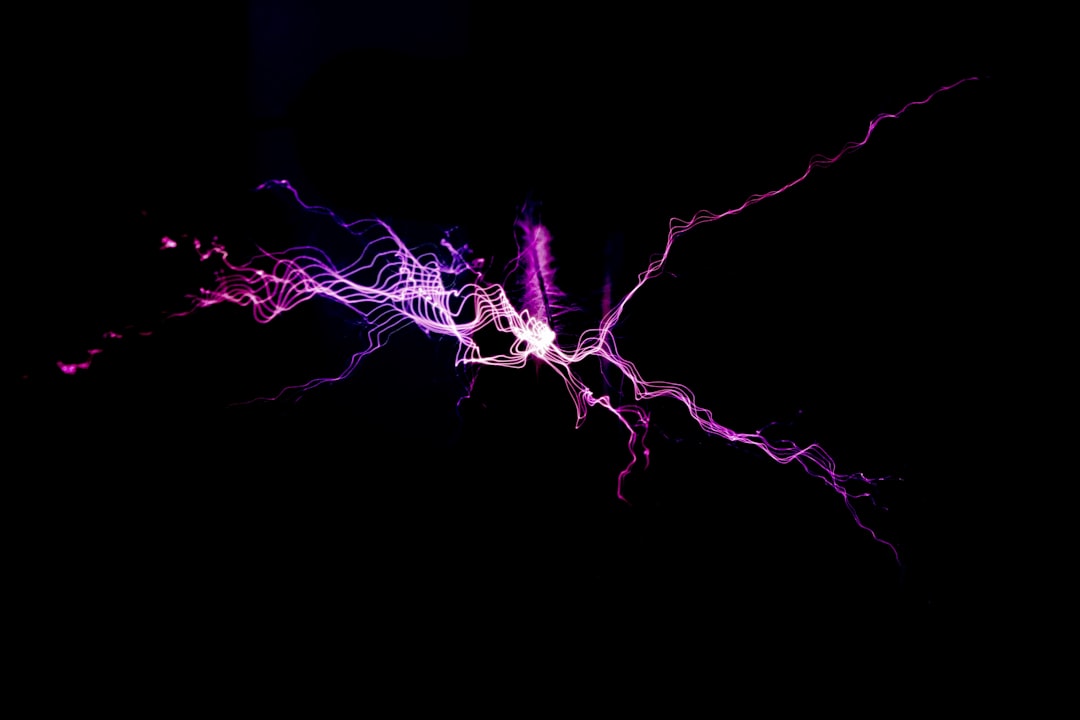What is it about?
Infrared light is electromagnetic radiation at wavelengths longer than the wavelengths of light that we see reflecting from all things around us. Although infrared light cannot be seen by the naked human eye it is emitted by warm objects like human bodies and can be captured using thermal cameras. The oppositely-charged ions of certain crystals can "dance to the rhythm" of infrared light at specific wavelength ranges and thus maximize their vibrational motion. In this paper, we review the fundamentals and most recent progress on how to sculpt such crystals to mold the flow of infrared light around, or through, them at will.
Featured Image

Photo by Mike Newbry on Unsplash
Why is it important?
Despite its vast usefulness for many applications, like night vision or diagnosis of certain cancers, it can be difficult to produce bright infrared light. Also it is difficult to tame its path or to confine it in tiny volumes on a scale much smaller than its wavelength. Phonon-polaritonic systems strongly couple infrared light with the atomic vibrations in crystals. In this way these systems advance the available capabilities and enable new functionalities and devices for infrared light control.
Perspectives
-
Dr. Stavroula Foteinopoulou
University of New Mexico
Read the Original
This page is a summary of: Phonon-polaritonics: enabling powerful capabilities for infrared photonics, Nanophotonics, October 2019, De Gruyter,
DOI: 10.1515/nanoph-2019-0232.
You can read the full text:
Resources
Contributors
The following have contributed to this page










